if we wanted, drive over to West Virginia and visit winter any time after September. For central Virginia, Winter comes from the west, and starts at the higher elevations before creeping down into the hollows.
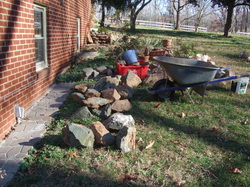
reason not to gather rocks and fossils in the summer too, but the vegetation makes it harder to get to the ground in some types of places. I ought to be out working on this year's garden expansion now, cold and windy though it is, and my only excuse is that I am writing this instead. I did go out and take a picture or two.
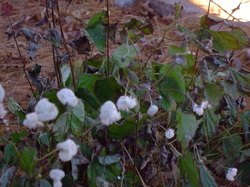
material. As I worked with seeds, slips, sprouts, scales, seedlings, rhizomes, tubers, bulbs, clones, or mature plants of various kinds, the idea that plants were just some sort of insentient machinery sloughed off like an old skin and I, the would-be gardener, re-emerged in a new one. Plants have a ferocious concentration of will and intentionality. They are creatures of incessant desire. We might say their wants are simple but that probably is our ignorance.
When we consider the extreme chemical complexity of the plant world, the phenomenal molecular range plants exhibit, their ability to concentrate some of the most sophisticated organic compounds found in nature, and the plain fact that in many cases no one knows why, maybe we should be willing to entertain
the possibility that there are realms of plant consciousness--though we would not be well placed to imagine what that would be like. The best fun of plants is the certainty that they will present you with mystery after mystery. They have their own ways. If it seems too much to say "a mind of their own," that may be because we aren't sure what mind is.
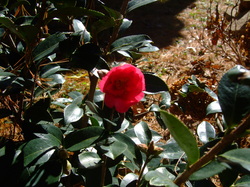
For instance, cold though it is today, and nearly December, our new Japanese camellia decided to pick this freezing windy day to
open its first bloom. It expects to be blooming steadily for the rest of the year, come frost, snow, blasts of ice or what have
you.
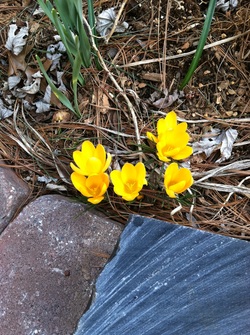
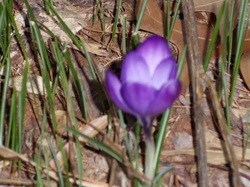
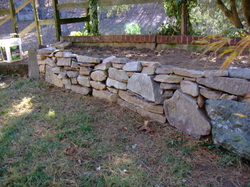
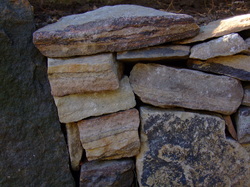

 RSS Feed
RSS Feed